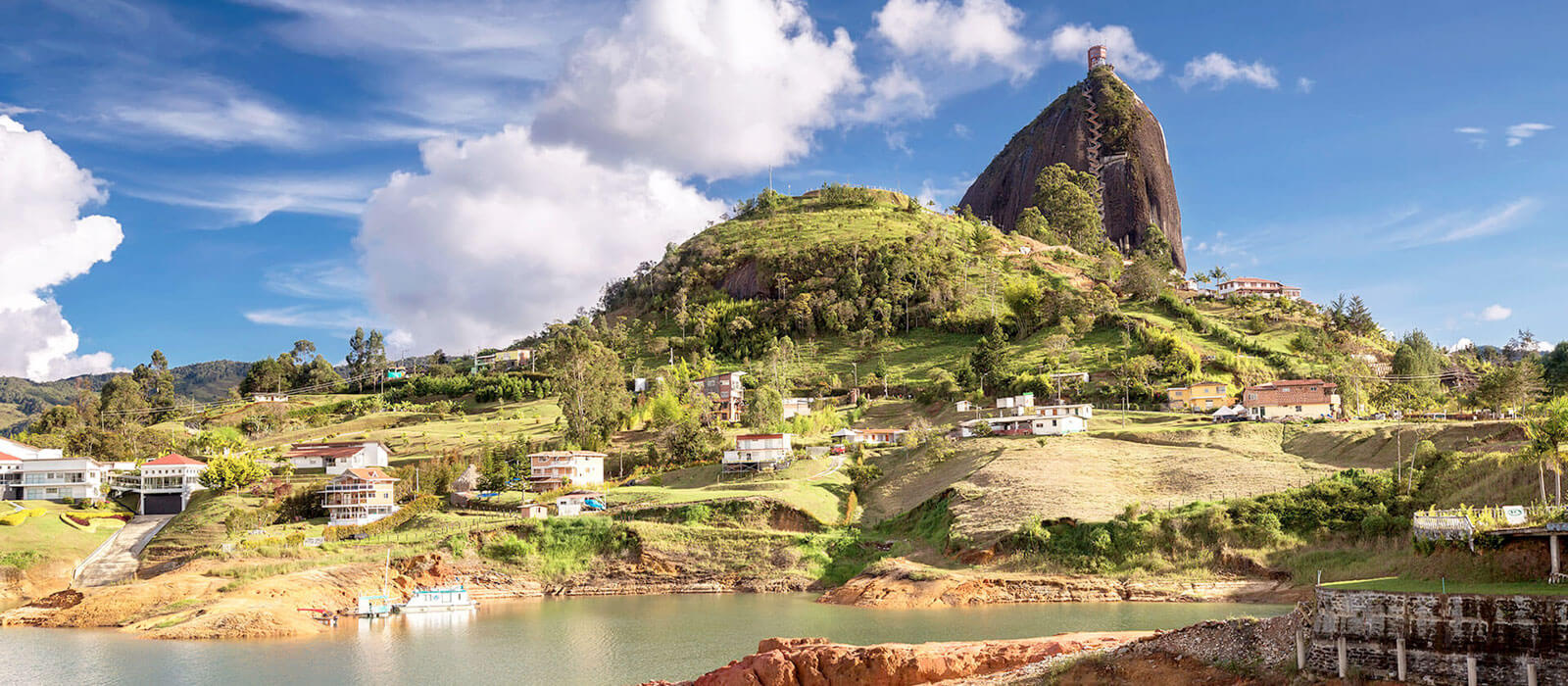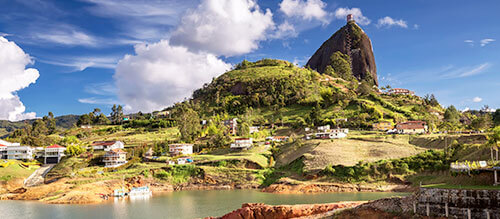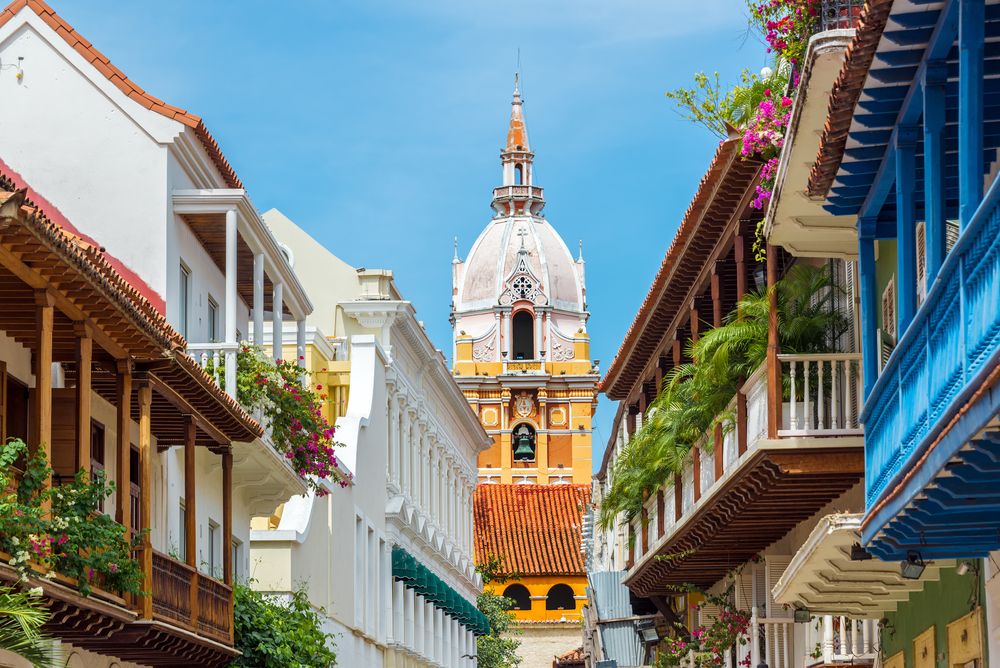After many years of representing our partner school from our office in the Netherlands, I started travelling through Colombia last January. The country which, thanks to its past and the popularity surrounding the series Narcos, is not often talked about in a positive way, but which has also seen a huge growth in tourism in recent years.
The city of Cali, the self-proclaimed capital of Salsa was the starting point to get used to the higher temperatures and the time difference. After a few days, we travelled on to Salento. This is a small tourist village, which is the base for visiting the Cocora Valley. A jeep from Salento takes 30 minutes to reach the valley, from where several hikes are possible through the cloud forests. As it rains daily, it is wise to start these hikes early. Besides this popular valley, we also visited a nature reserve where you go through all stages of the jungle in a few hours with a guide.
After Medellín, it was time for the popular Cartagena de Indias. A domestic flight gets you here in an hour and you can feel the Caribbean atmosphere as soon as you step off the plane. The air, the people and, of course, the high temperatures. Cartagena has two popular neighbourhoods, the old town and the Getsemani district. Both districts are within walking distance of each other. The Getsemani district, where our partner school is also located, is a maze of small streets and recognisable by the flowers you see hanging at balcony height everywhere. Many backpackers can be found there, making it seem very touristy, but the locals always remain friendly and interested. From Cartagena, we took a sailing yacht via the San Blas Islands to Panama City. It is a heady trip by sea, but once at the islands, everything is spectacularly beautiful!
We too received a lot of reactions in advance to our travel plans to Colombia. Of course, it makes a big difference that we speak Spanish, but we and many other travel companions experienced Colombia as an authentic country that feels and is very safe and where the local, helpful people proudly want to show you the country.
Marianne - Team dQ Nederland



